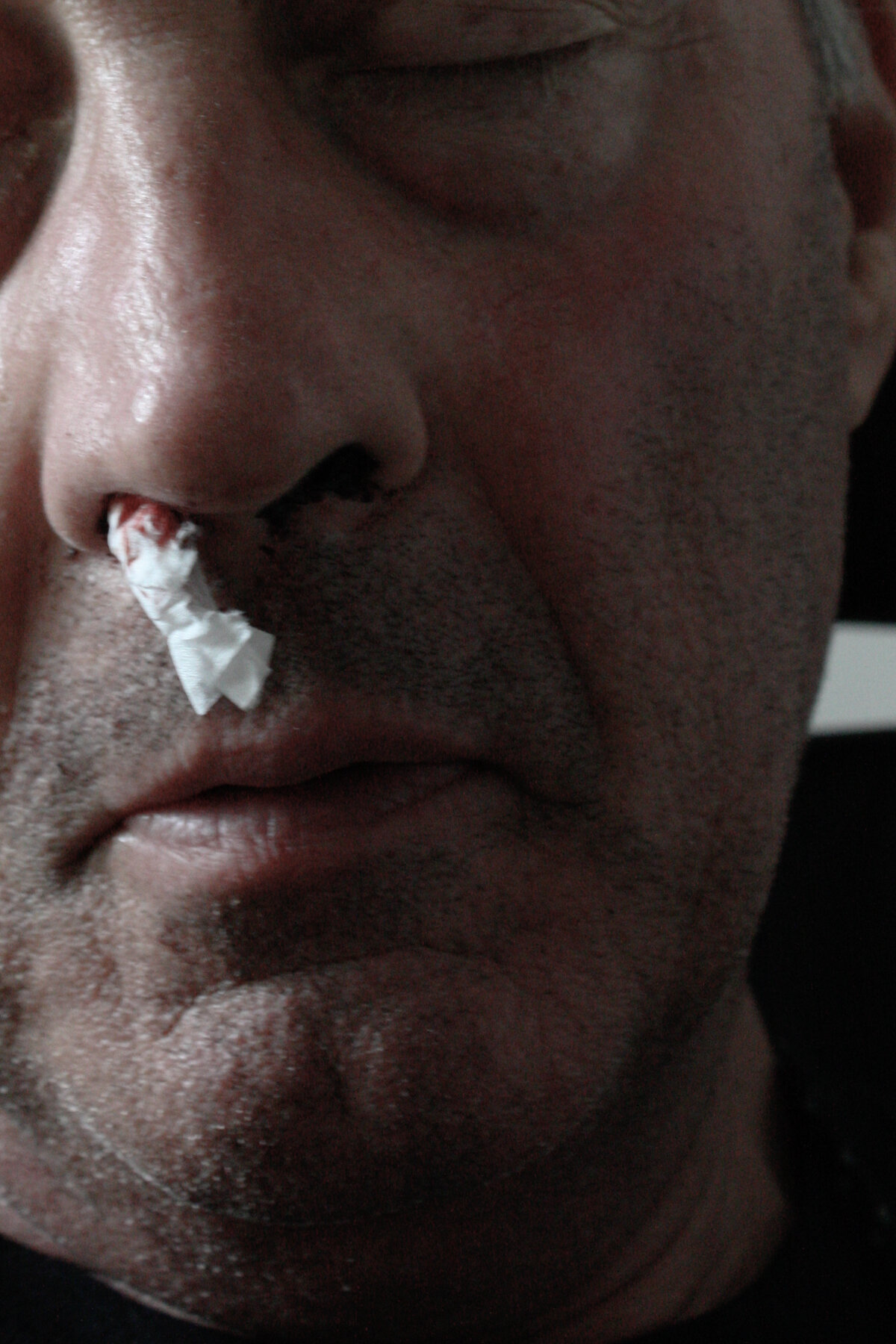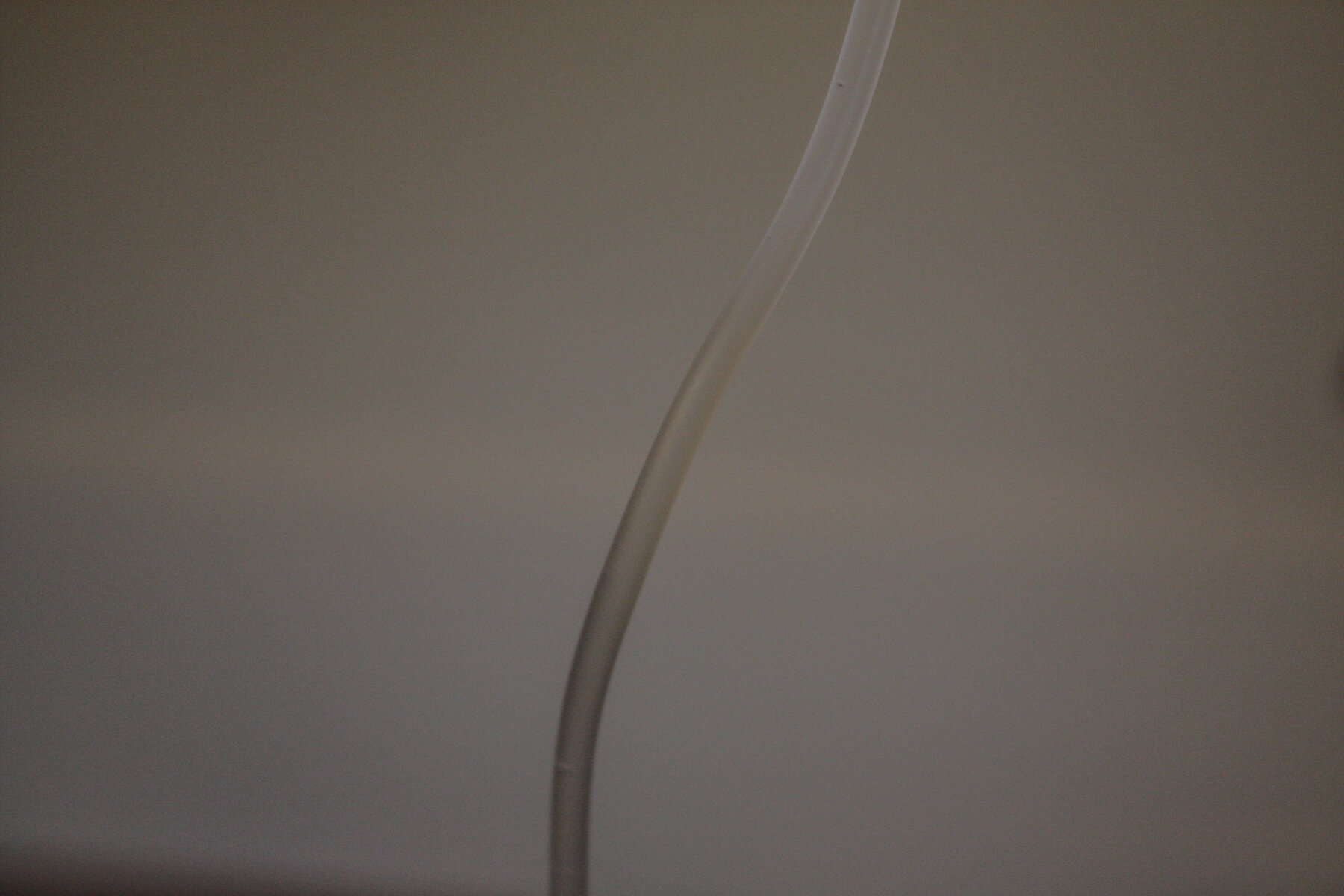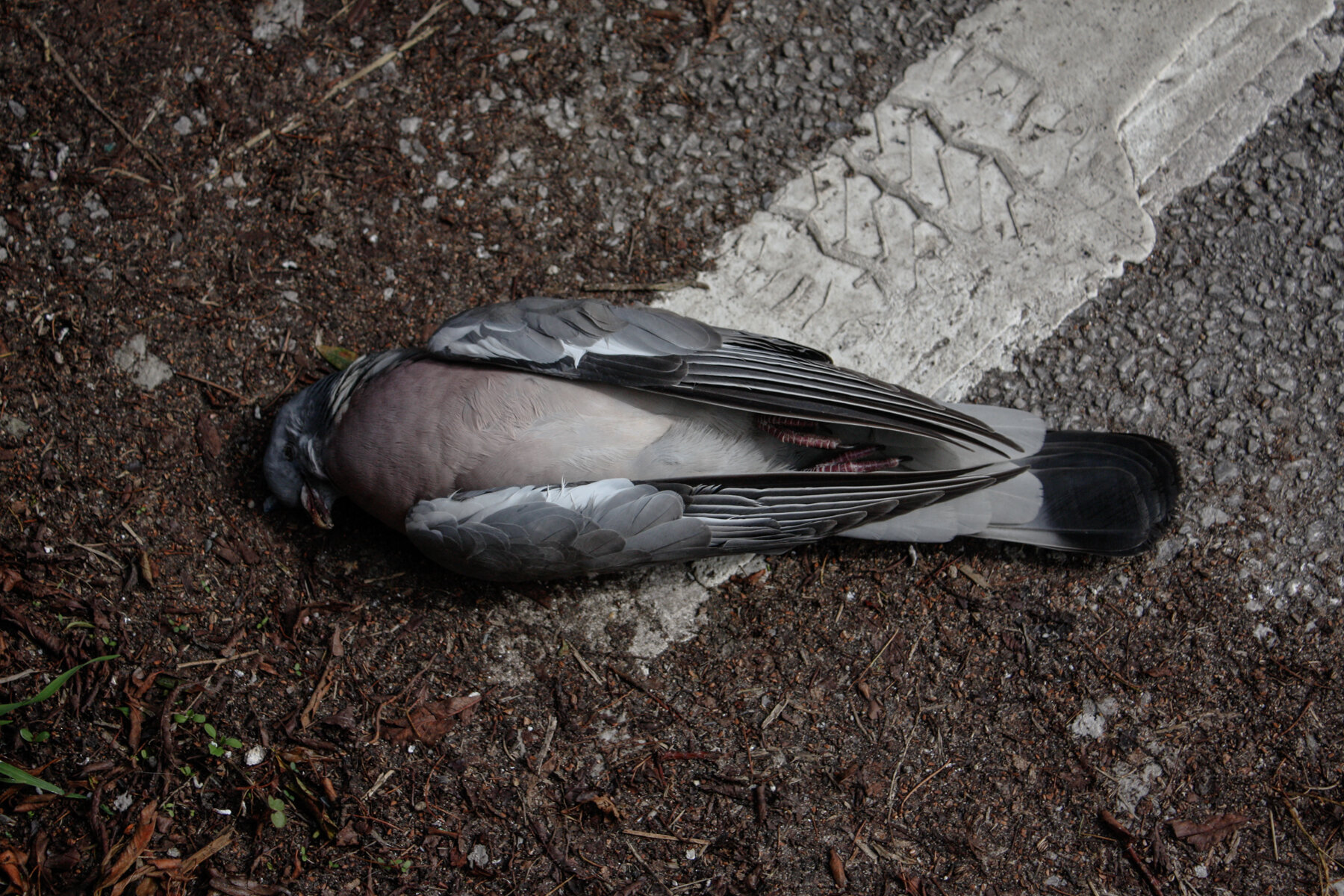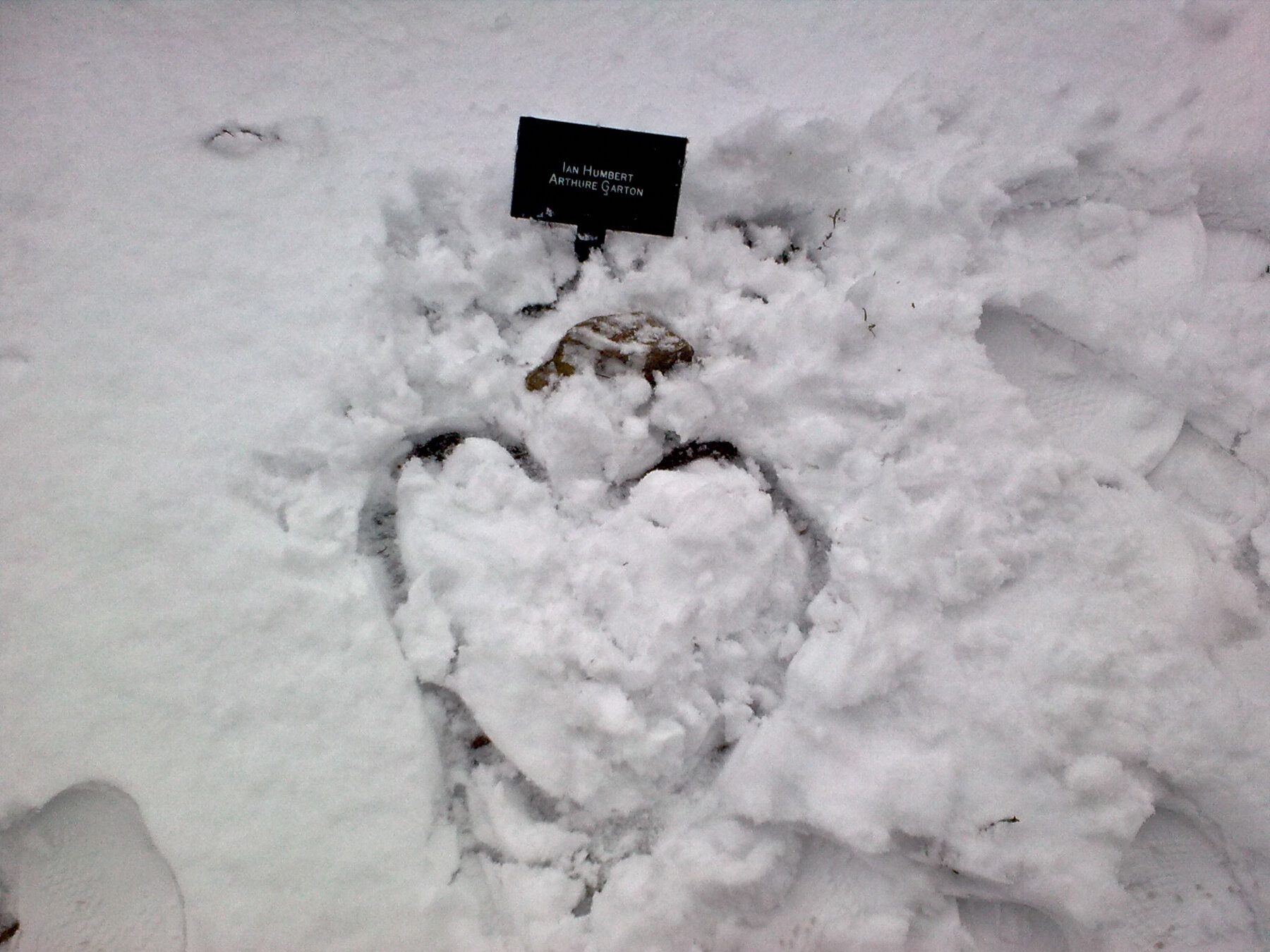no trouble in thy breast (2008-2010)
In 2007, my husband Ian was diagnosed with phase 3 bowel cancer. By late 2008, he was in remission. Early in 2010, he was submitted to chemotherapy again because of a suspected lesion. However, cancer was, in the end, only indirectly the cause of his death in August 2010. He died, as it turned out, of Aspergillus meningitis, undiagnosed until the autopsy. This is a rare form of fungal meningitis, difficult to detect and treat (most survivors suffer cognitive damage), but contracted owing to a suppression of the immune system through chemotherapy. He may have caught it composting - he’d burned his hand and had a raw wound for a while, a place of vulnerability.
I had been photographing Ian all through his treatment, as well as the slow, humdrum, ongoingness of life around us: our ageing dogs – one of them was to die a couple of weeks before Ian – the changing seasons, visits from friends and family.
I became obsessed with his body’s constant invasion by needles and tubes.
Then one day, I stopped photographing.
I couldn’t really be sure, any more, that I had his consent; he was too tired to care, or else he was slipping in and out of consciousness. For a long time after his death, I felt preoccupied with photographers who had tracked the duration of an illness to its end: famously, Annie Liebovitz’s photographs of Susan Sontag, but many others too: Mary Ellen Mark’s Ward 81, Colin Gray’s In Sickness and in Health, Fausto Podavini’s Mirella, Angelo Merendino’s blog My Wife’s Fight with Breast Cancer, Nancy Borowick’s beautiful and touching photographs of her parents’ simultaneous treatment for cancer. And there are many others. But I just couldn’t do it. My concern with recording Ian in his living turned into a concern with the dying. And it expressed itself not in doing photography but in researching and writing about it.
Some years later, I wrote and published two essays concerning representations of death and the dying in contemporary photography.
“Arrested Development: Death in the Expanded Field of the Family Album” was published in Wide Angle: Photography as Participatory Practice, eBook, edited by Terry Kurgan and Tracy Murinik, Fourthwall Books, Johannesburg, 2015, which you can read here.
“ … and death I think is no parenthesis: the aged, the ill and the dying in contemporary photographic practice,” in Critical Arts, 2015, which you can read here.












































